The rarest pianos of all
NewsThe curator David Winston is selling off his private collection of rare pianos next month – including the Pleyel double piano once owned by Madeleine Malraux, wife of the French writer André Malraux.
Details here.
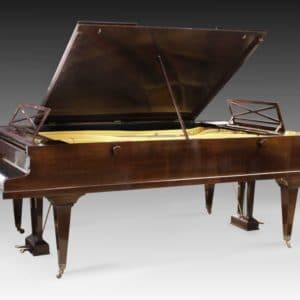
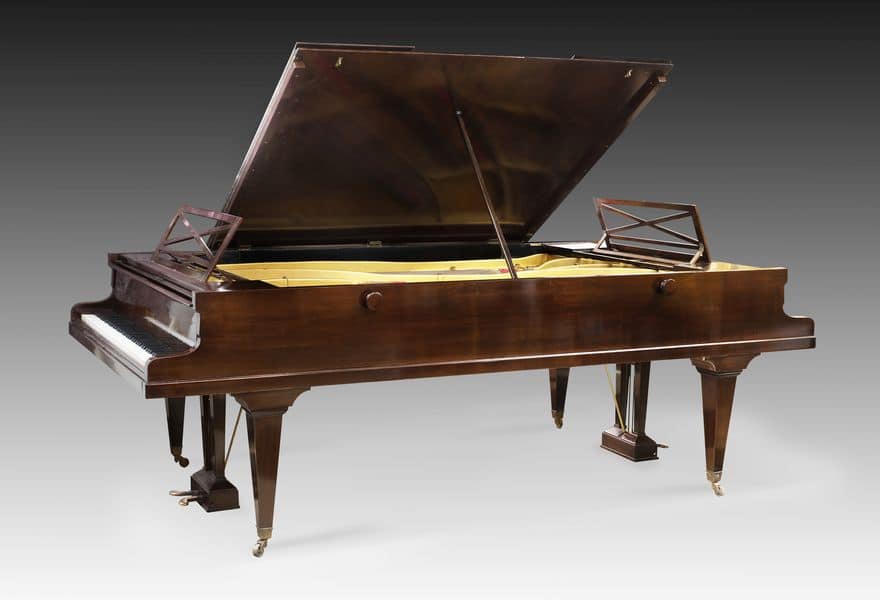
The curator David Winston is selling off his private collection of rare pianos next month – including the Pleyel double piano once owned by Madeleine Malraux, wife of the French writer André Malraux.
Details here.

For 38 consecutive years, the Last Night of…
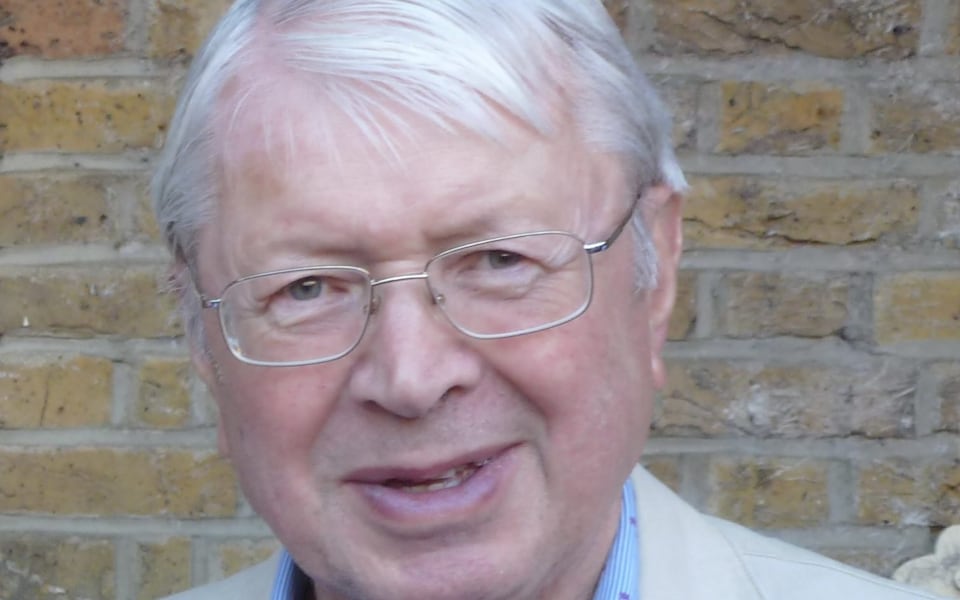
The death has been made known fo Joel…
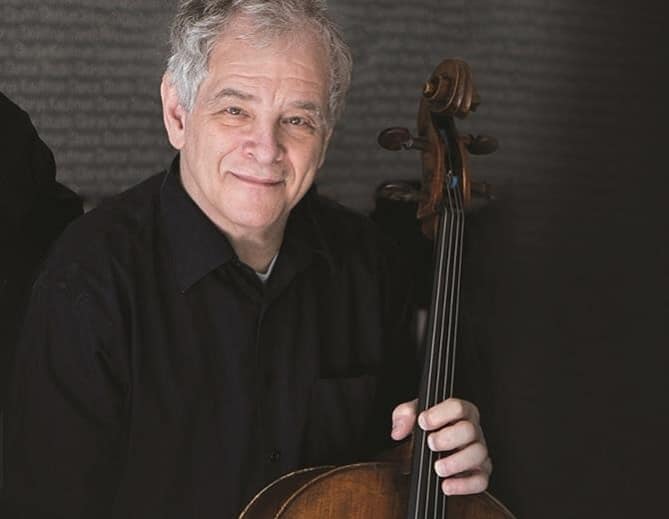
The Concertgebouw’s Mahler festival has its first jump-in….
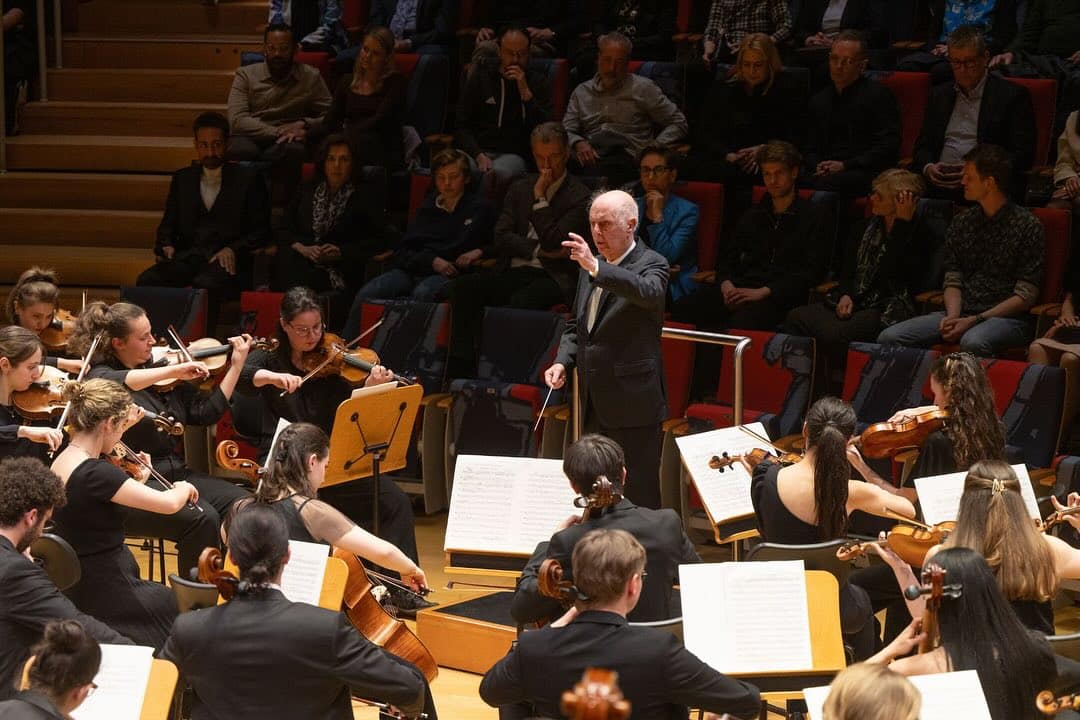
Executive Director Nicola Creed will leave Garsington Opera…

Session expired
Please log in again. The login page will open in a new tab. After logging in you can close it and return to this page.
Comments